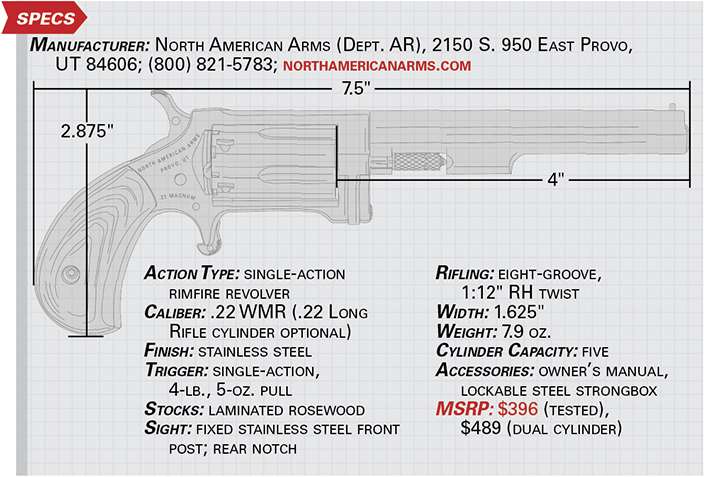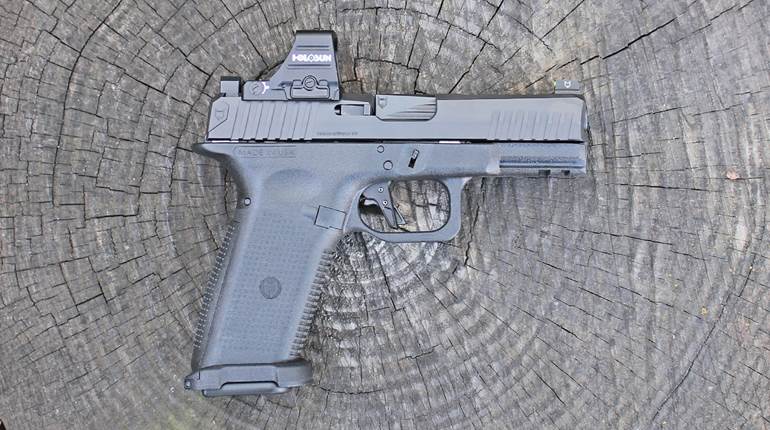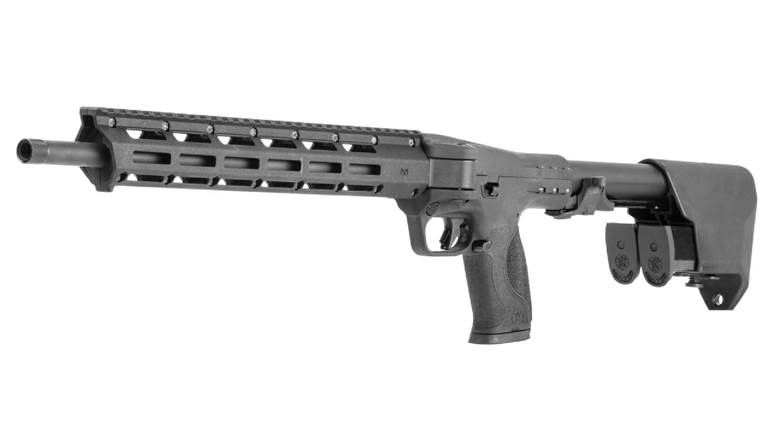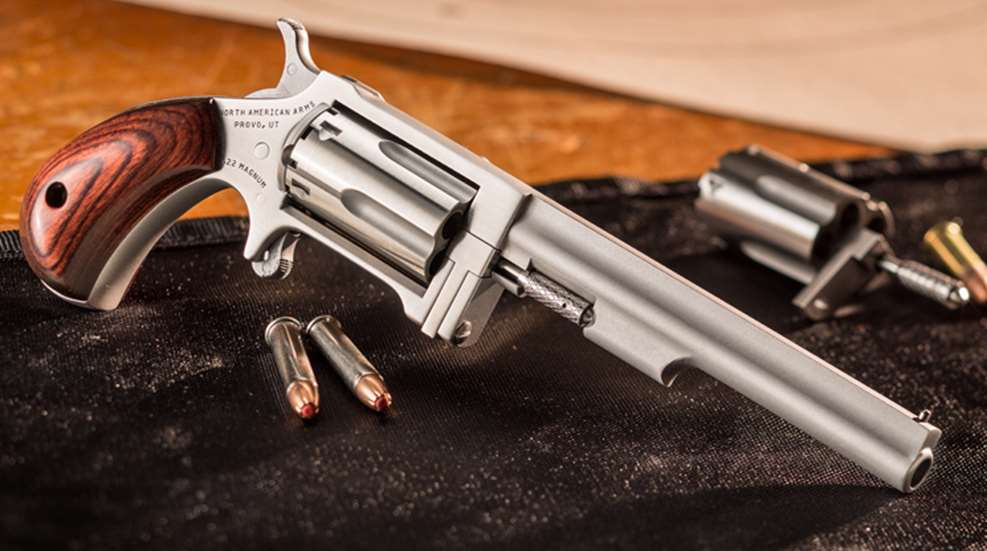
North American Arms (NAA) of Provo, Utah, is well known for providing its customers with some of the world’s smallest, fully functional rimfire revolvers. Most of the diminutive NAA single-action, five-shot wheelguns are reloaded by pulling out the cylinder pin and then removing the cylinder from the frame. In 2012, the company released the first swing-out-cylinder version called the Sidewinder. The original version ships with a 1.5" barrel for easy concealed carry. In 2015, the Sidewinder line was expanded with the addition of 2"- and 4"-barrel options. This evaluation takes a closer look at the 4" model.
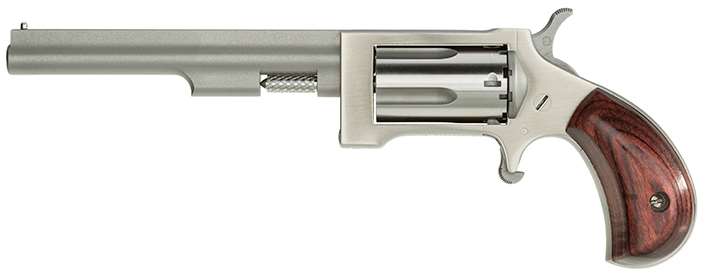
The all-stainless-steel Sidewinder is built on the company’s larger Magnum frame with a bead-blasted matte finish on most surfaces with the exception of the brushed flats on the frame and cylinder. This version ships with a cylinder chambered in .22 WMR installed. Customers can order the gun with a second .22 Long Rifle conversion cylinder for an additional charge.
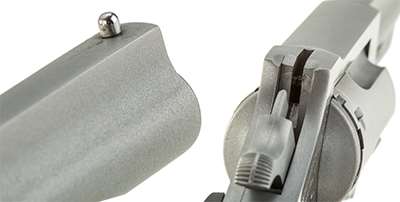
The 4"-long, standard-profile barrel is fitted with a fixed steel post front sight and a short underlug that protects the extractor rod. There is no separate rear sight, although the rear of the frame has been slightly raised and squared off to help form a clear sight picture with the bead-like front post.
The Sidewinder’s frame is different from other NAA minis in two key respects. First, the front end has been extended downward and shaped to accommodate the crane arm supporting the swing-out cylinder. The removable cylinder pin has been replaced by a spring-loaded extractor rod, with an extractor star to press out spent cartridge cases. Also, a cylinder shroud has been added at the rear of the frame. The trigger, hammer and grip shape remain unaltered.
This revolver’s laminated rosewood stock panels have a fully rounded contour, giving the bird’s head grip a teardrop shape that is comfortable to use. The small grip provides just enough for a one or one-and-a-half-finger hold. The small stud-shaped trigger is textured on its front and moves forward when the gun is cocked. With only 0.125" to travel, the single-action trigger was crisp and clean with a 4-lb., 5-oz. pull according to a Lyman digital trigger gauge.
Operating the Sidewinder follows a unique set of steps since its configuration is unlike other revolvers. With the revolver pointed in a safe direction, pull the hammer back into the half-cocked position. Grasp the head of the knurled ejector rod between the thumb and index fingers of the support hand and pull it forward toward the muzzle. While holding the ejector rod in this position, swing the cylinder out to the right side of the frame. Work the ejector rod to press out any spent cases from the cylinder. Load five fresh cartridges into the cylinder, being mindful that the chamber mouth closest to the frame will be blocked by the cylinder shroud, so rotate the cylinder to insert the final round.
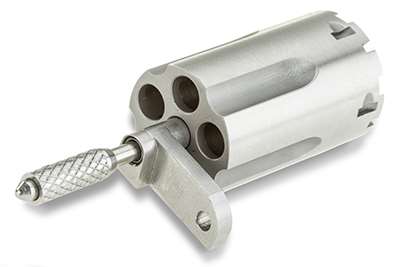
In order to close the cylinder completely, the user will need to apply forward pressure to the knurled ejector rod with the tip of the index finger of the support hand while pressing the cylinder into the frame with the middle and ring fingers. Only a modest amount of pressure is required. The revolver is then ready to fire when the hammer is fully cocked and released by the single-action trigger stud.
Along the left side of the shroud are two notches to indicate when the cylinder is properly aligned for the hammer to be set into one of the slots located in between the cylinder chambers. Setting the hammer into one of the notches allows the revolver to be safely carried with all five chambers loaded. Although the loading process for the Sidewinder is unusual, it was easy to master in a short period of time. A real benefit of the Sidewinder’s cylinder design is that it prevents the accidental misplacement of the cylinder pin while reloading.
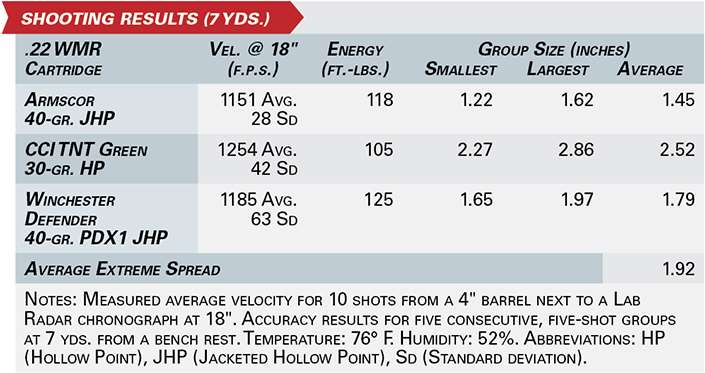
The mini revolver operated reliably with every variety of .22 WMR ammunition we tried in it, ranging from full-metal-jacket practice-grade ammunition to polymer-tipped hunting loads. The amount of muzzle flash and noise produced by .22 WMR ammunition when fired from NAA’s diminutive wheelgun may be surprising since it seems out of proportion to the gun’s size. But the recoil is perfectly manageable once you get used to handling the small grip.
Originally designed as a deep-concealment backup gun, the addition of a 4" barrel to the Sidewinder mini takes this model out of the pocket and into a variety of enjoyable shooting roles. North American Arms has further increased utility by offering a wide variety of holsters, stocks and other accessories ready-fit for the Sidewinder. With its excellent craftsmanship and reliability, this revolver can serve as a backpacking or kit gun, a collector’s item and a great conversation starter at the local shooting range.
